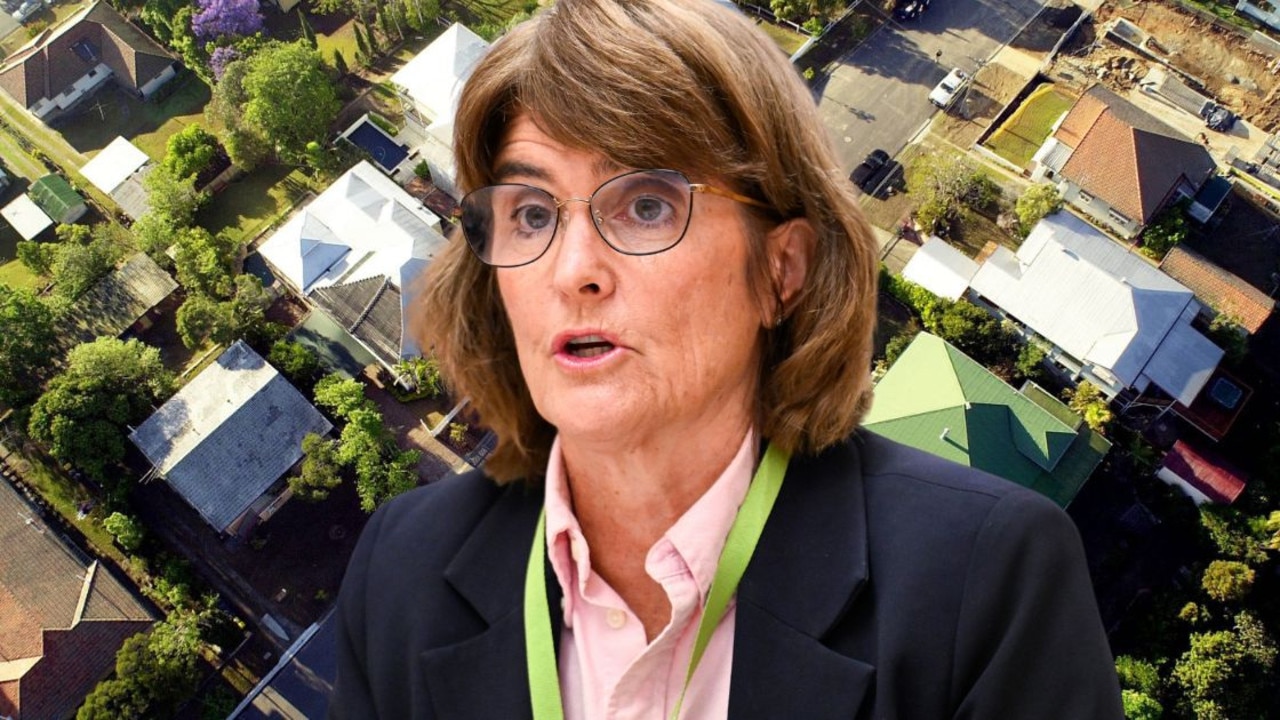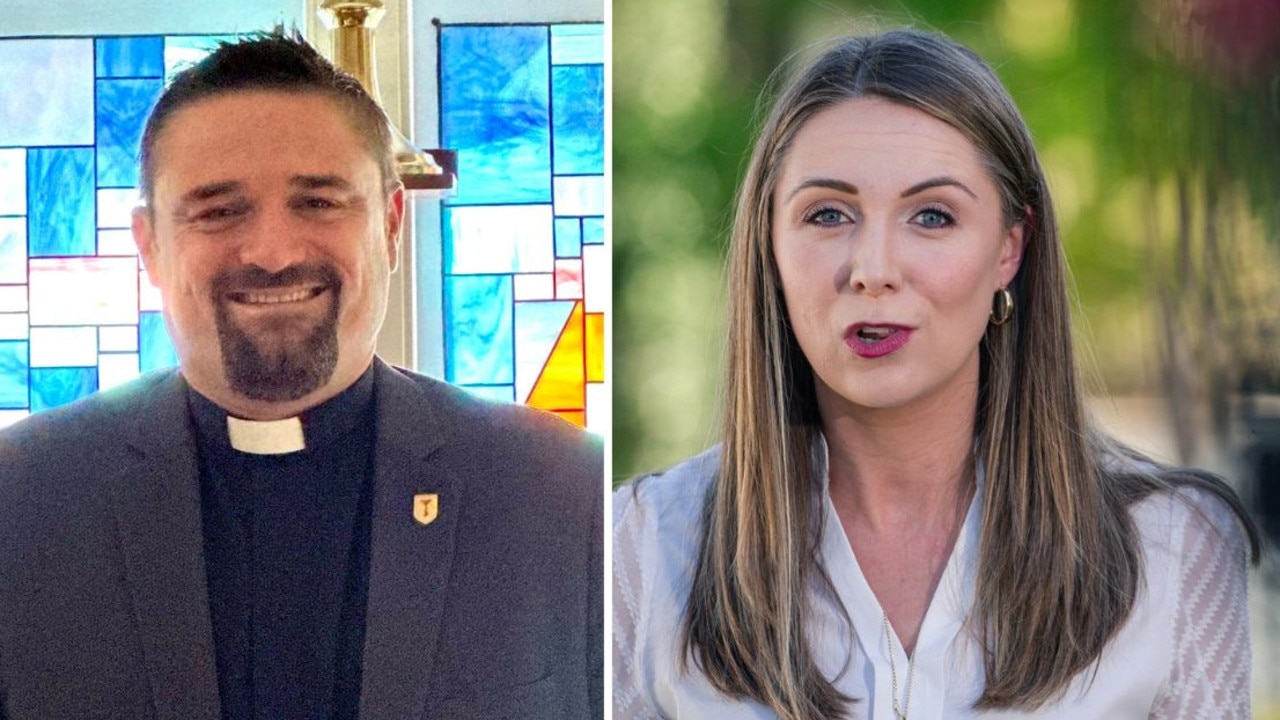Whiskey Au Go Go inquest: 50 years on, answers more elusive than ever
In the five decades since Brisbane’s night of infamy, memories have faded and warped, important records have been lost and destroyed and crucial witnesses have died.
CM Insight
Don't miss out on the headlines from CM Insight. Followed categories will be added to My News.
“I am not sure.” “I can’t recall.” “I don’t remember.” “It was a very long time ago.”
For 29 days, those phrases played on repeat in Court 17 of the Brisbane Magistrates Court as witnesses were asked to recall their memories of the night 15 people were killed trying to escape the Whiskey Au Go Go nightclub inferno.
Next March will mark 50 years since the deadly Fortitude Valley blaze that became Queensland’s worst mass murder.
On paper, it was a crime solved just days later when James Finch and John Andrew Stuart were arrested and subsequently convicted.
But off paper, it’s anything but solved.
Whispers of a wider criminal conspiracy have haunted the case from day one, with plausible evidence that Finch and Stuart did not act alone.
Was it an insurance rort? An extortion plot by interstate crime bosses? Were the police in on it?
These were just some of the questions the families who lost their loved ones in the fire hoped would be answered at an inquest before State Coroner Terry Ryan.
But in 29 days of evidence from dozens of witnesses over the past year, one thing became very clear – we may never know why those 15 innocent people were killed, or the identity of all those responsible for their deaths.
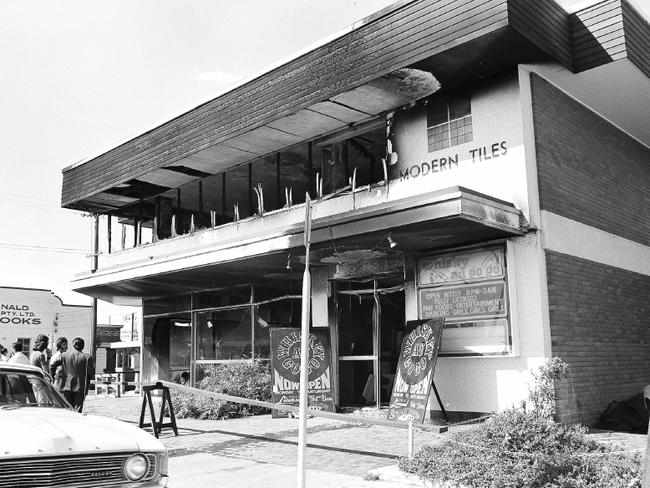
In the five decades that have passed, memories have faded and warped, important records have been lost and destroyed and crucial witnesses have died.
For those who did give evidence at the inquest, they were reassured by a patient and empathetic counsel assisting the coroner Stephen Keim that they were not alone in their struggles to recollect the details of events that happened half a century ago.
But after all this time, of some things, these witnesses were absolutely positive.
Kath Potter said she vividly remembered watching three men manoeuvre a barrel into the doorway of the nightclub’s downstairs foyer before using a makeshift wick made of white material to set it on fire.
Then in her early 20s, she had been using a pay phone outside the Fortitude Valley nightclub when her friend pointed to a dark car nearby and said “there’s something weird going on here”.
The now 71-year-old told the inquest she clearly recalled police officers later trying to pressure her into saying she only saw two men but she refused to change her statement, which mysteriously disappeared from the records.
Hunter Nicol said he was positive about the sound the fire made and the blast he felt come from the entrance of the club in the early hours of March 8, 1973.
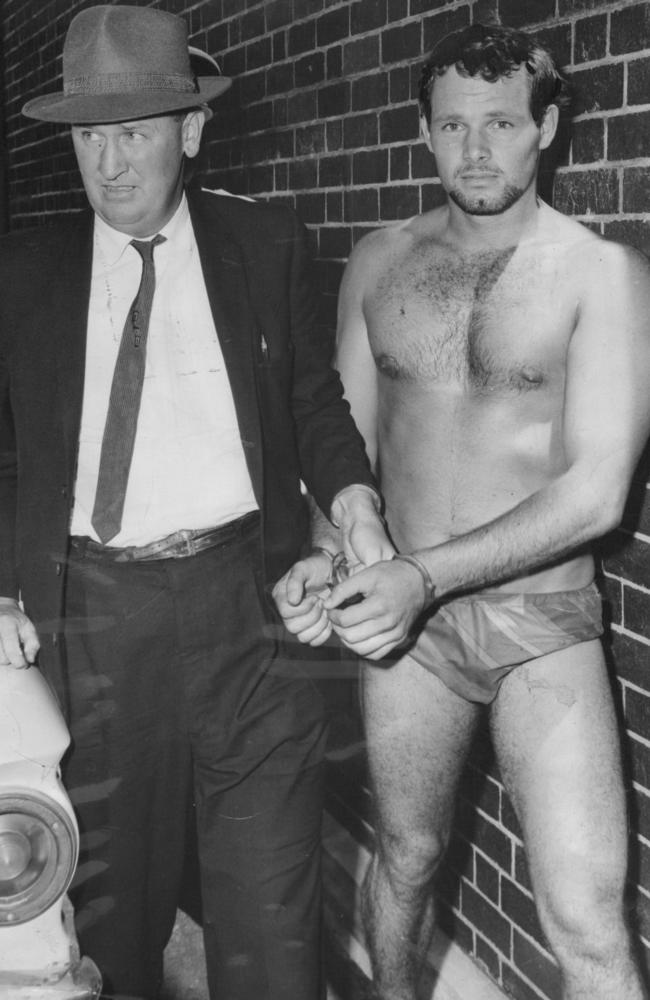
One of the few survivors to give evidence, he had gone to the nightclub with his friends Leslie Palethorpe, 20, and William “Bill” Nolan, 21 – he was the only one of his group to escape alive.
He and his friends were separated as the club plunged into darkness, causing chaos as people blindly tried to find the fire escape as the room filled with thick black smoke.
Mr Nicol said he couldn’t breathe and was about to collapse when someone managed to smash a window in the band’s change room, through which he and several others escaped.
“I accepted the fact I was going to die and I was totally at peace with myself …,” he told the inquest.
Then owner of the Flamingo Nightclub, Abraham Yasse, was positive he saw Stuart in his club just 10 minutes after the Whiskey fire was said to have been lit because he recalled Stuart asked him the time at 2.15am.
Mr Yasse told police that a few nights before the Whiskey fire, Stuart told him a club was going to be damaged in some way.
He said 49 years later he “definitely” remembered that conversation.
“He looked a bit sneaky about it,” he said of Stuart.
Almost 50 years later, Linette Davis said she was certain of a conversation she had with club owner Brian Little before the fire in which he warned the Whiskey would be targeted in an attack.
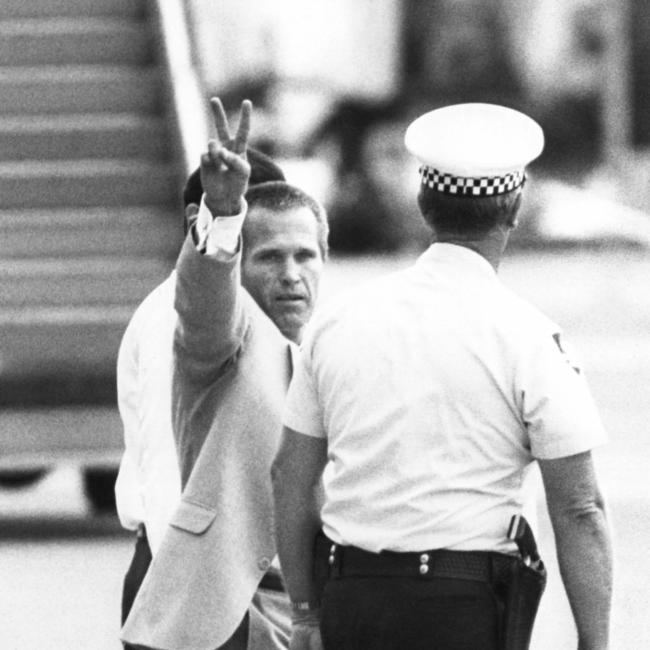
“He said ‘oh, the club’s going to be bombed’ and I said ‘what’ and he said ‘my club’s going to be bombed’ and I said ‘so what are you going to do’ and he said ‘there’s not much I can do’,” Ms Davis told the inquest.
“And I’m angry to this day because from my perspective if they thought it was a credible threat it was going to be bombed and he seemed determined that it was, why he didn’t close the club or something.”
Little has denied having any prior knowledge of the attack.
Perhaps unsurprisingly, those long rumoured to have more sinister links to the blaze were also adamant of their innocence.
Convicted triple murderer Vincent O’Dempsey told the court: “I had nothing to do with the Whiskey Au Go Go. I don’t know any of the people that would have done it and I don’t associate with, I’ve never met Finch or had any dealings with him, never had any dealings with Stuart.”
The inquest was sparked by evidence heard at the 2017 trial of O’Dempsey and Gary Dubois at which they were convicted of the 1974 murders of Barbara McCulkin and her daughters Vicki and Leanne.
It was alleged they had been murdered to stop Mrs McCulkin from revealing what she knew about the arson attack on the nightclub.
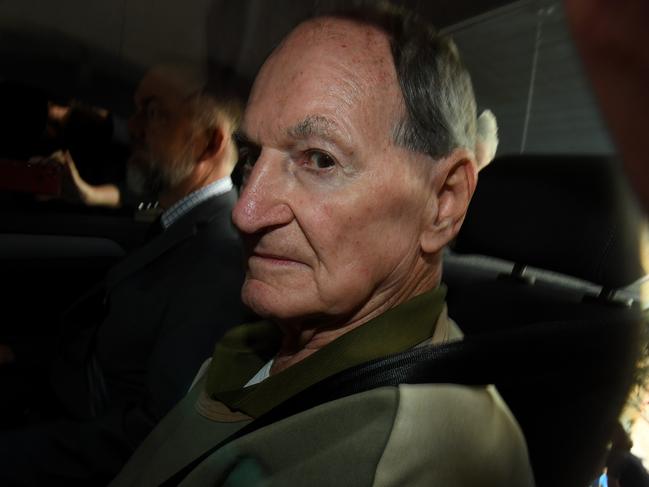
But O’Dempsey remained steadfast in his denials of his involvement both in the murder of the McCulkins, and of having any links to the Whiskey fire.
Similarly, notorious crooked cop Roger Rogerson rubbished the long-held belief that James Finch was verballed by police during his interview.
Rogerson, then an up and coming Sydney detective, was brought to Queensland to help investigate the blaze and its alleged links to Sydney criminals. He is the only person still alive whose signature appears on Finch’s police interview.
Under cross examination, he was foggy on details such as when he arrived in Brisbane – perhaps the day it happened or the morning after, he said.
He couldn’t recall which airline he flew, whether he went straight to the crime scene or stopped in at the homicide office when he arrived, or whether the victims’ bodies had been moved to the morgue.
But he said he was certain of what happened, and more specifically what did not happen, in the interrogation room with Finch.
“It certainly wasn’t a police verballing, no, it was a genuine confession,” he said.
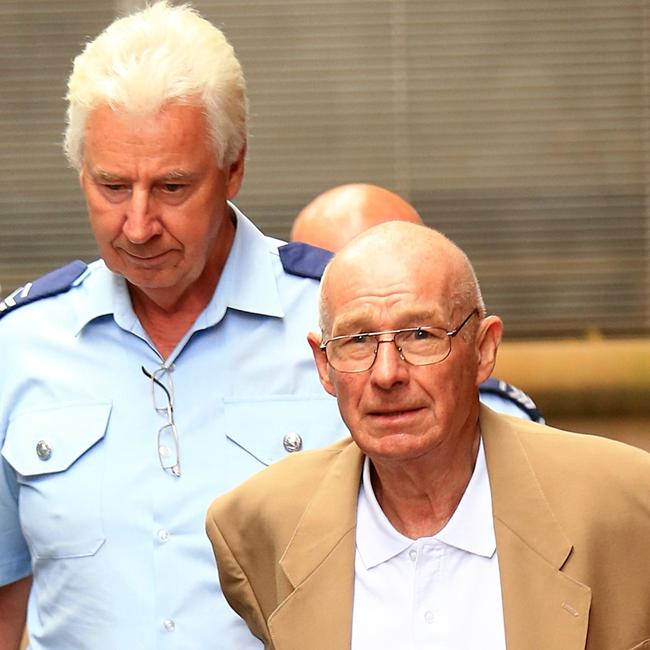
Rogerson, who is serving a life sentence in a NSW prison for the murder of drug dealer Jamie Gao, also denied evidence given by another witness who said he was warned the club would be blown up because it was being used as part of an illicit heroin trade that competed with a NSW drug operation with links to Rogerson.
“Completely untrue. I’ve never protected any heroin dealers. I hated heroin dealers to be quite truthful,” Rogerson told the court.
Meanwhile, William “Billy” Stokes said he was certain that members of Brisbane’s Clockwork Orange Gang were involved in the fire.
Brian Little, who owned the Whiskey with his brother Ken, said he was certain the arson could not have been an “insurance job” as they gained nothing from the fire and did not recover any money.
Former owner of Brisbane nightclub Pinnochio’s, Tony Bellino, said he was certain he never warned anyone not to go to the Whiskey before the fire or that he knew something bad was going to happen.
“I swear to God I didn’t know that,’’ he said.
Vivienne Spooner, who frequented the Whiskey, said she was certain she and her then boyfriend had been “seriously threatened” to “shut our traps” about what they knew of the fire.
And the modern-day investigator of the blaze said he was certain the original police case was filled with holes, saying police failed to ask the suspects crucial questions and follow up significant lines of inquiry.
Detective Sergeant Virginia Gray told the court the investigation was hampered by missing evidence – including Kath Potter’s statement – and more than three-quarters of the murder trial transcript had vanished.
“…there were lots of questions I thought would be asked that weren’t asked,” she said of the police interview with Finch at the time.
Sgt Gray said it seemed once Finch and Stuart were arrested, it did not appear any further investigations were conducted. Her testimony also raised further questions when she revealed she was asked to cut dozens of pages from her coronial report, which included that criticism of the original police investigation.
Barristers working on the case will now have six months to prepare submissions for the Coroner, who then has the immense task of attempting to answer one of Queensland’s biggest mysteries: What really happened at the Whiskey?



